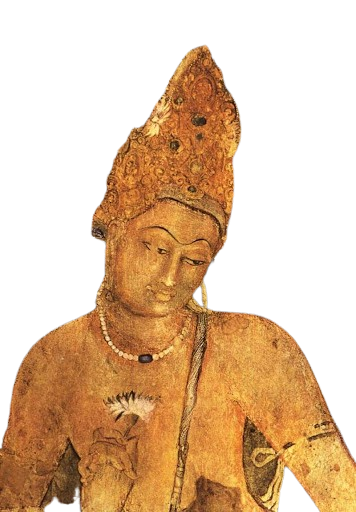General Studies – Your Ultimate Guide to Competitive Exams
Welcome to generalstudies.co.in, your one-stop platform for General Studies (GS) preparation. Whether you’re aiming for UPSC, State PSCs (WBCS, UPPCS, BPSC, MPPSC, etc.), SSC, Banking, Railways, or other government exams, we provide high-quality, exam-oriented study materials to help you succeed.








